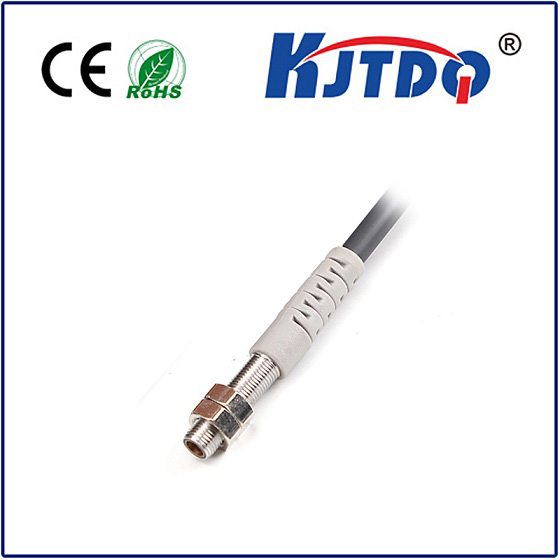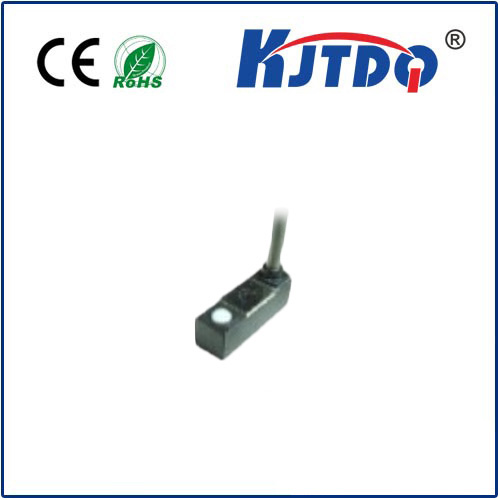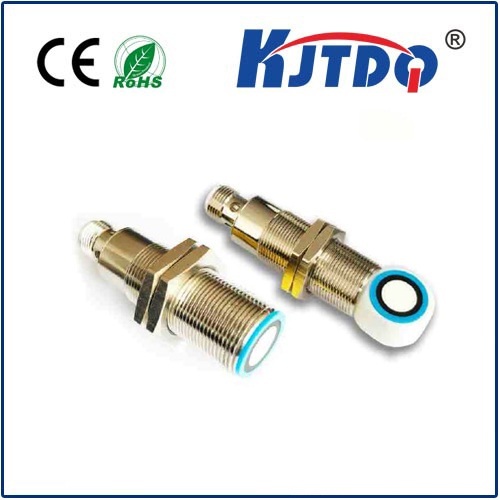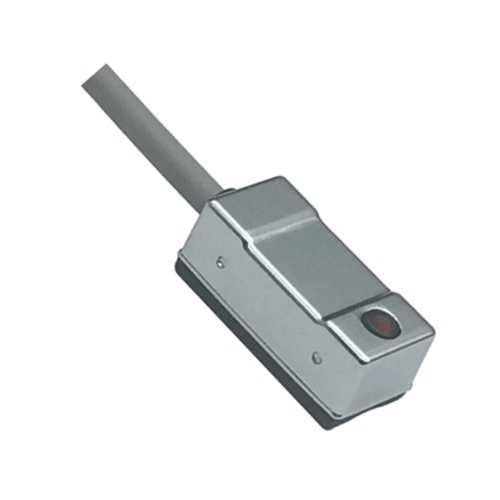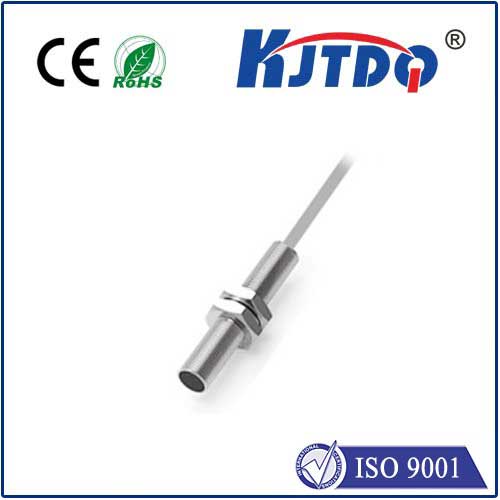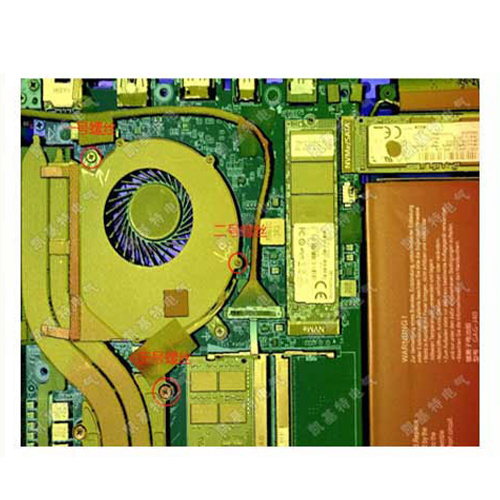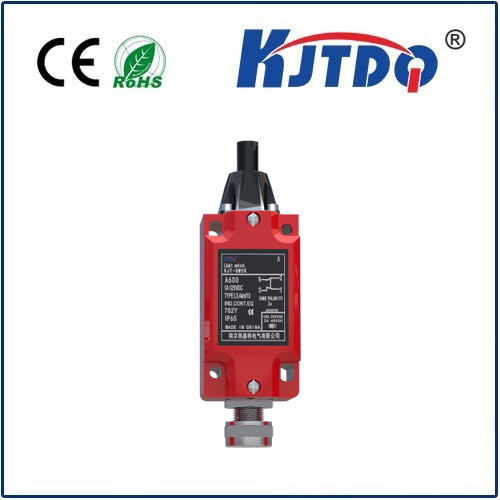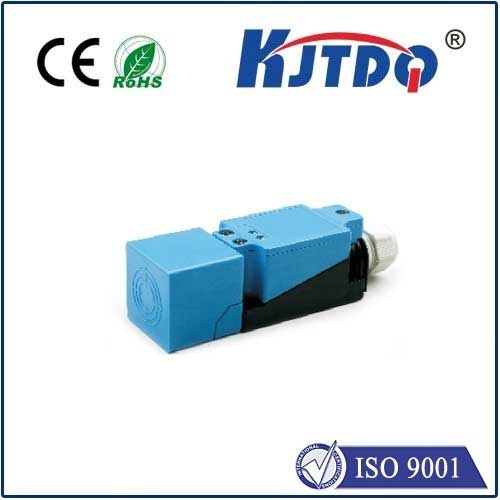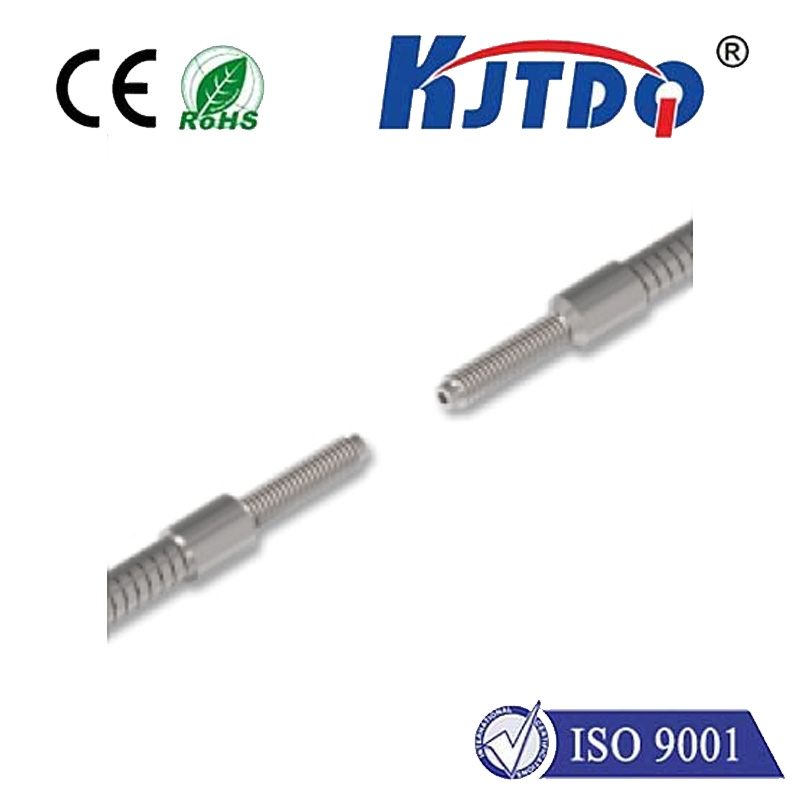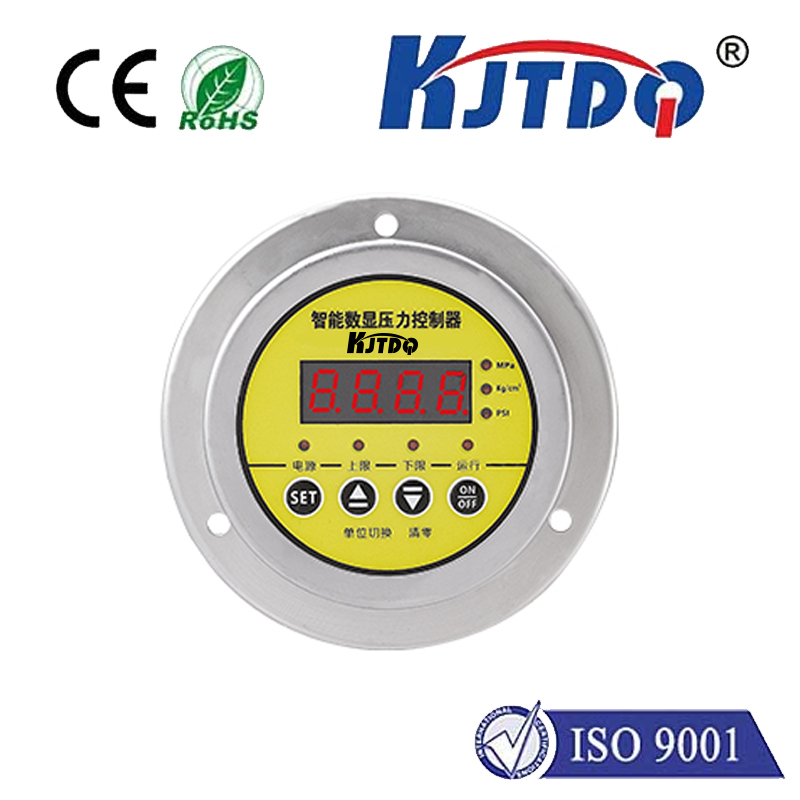photoelectric motion sensor
- time:2025-07-28 08:42:22
- Click:0
The Smart Choice for Automation: Demystifying Photoelectric Motion Sensors
Imagine walking into a dark warehouse, and instantly, precisely where you move, bright lights illuminate your path without a flicker. Picture intricate machinery on an assembly line flawlessly detecting the absence of a crucial component long before a human could react. This isn’t magic; it’s the reliable, invisible vigilance of photoelectric motion sensors. These sophisticated devices, fundamental to modern automation and security, harness the power of light to detect presence, absence, or movement with exceptional precision.
Understanding the Core: Light as the Detective
At its heart, a photoelectric motion sensor operates on a beautifully simple concept: light emission and reception. The sensor consists minimally of a light source (typically an LED, often infrared for invisibility, but sometimes visible red or laser for specific applications) and a photodetector (a component sensitive to light, like a photodiode or phototransistor). The sensor constantly monitors the light beam interacting with its photodetector. Motion or the presence/absence of an object is detected by how this beam is altered.
The Magic Happens: Key Operating Modes

Photoelectric sensors excel due to their versatility, primarily offered through three distinct detection methods:
- Through-Beam (Opposed Mode): This is the powerhouse for long-range detection. The emitter and receiver are housed in separate units, positioned directly opposite each other. The emitter sends a continuous beam to the receiver. An object is detected when it interrupts this beam. Think of it like a tripwire made of light – break the beam, trigger the signal. This method offers the longest sensing distances (easily tens of meters) and is highly reliable, though installation requires careful alignment of two separate units.
- Best For: High-precision object counting, detecting large objects over significant distances, security barriers.
- Retroreflective: A popular compromise, this mode uses a single housing containing both the emitter and receiver. It relies on a specialized reflector placed opposite the sensor. The emitter sends its light beam towards the reflector, which bounces it directly back to the receiver inside the same unit. Detection occurs when an object blocks the reflected beam, preventing it from reaching the receiver. Alignment is easier than through-beam as only the reflector needs positioning, but the effective range is generally shorter.
- Best For: Medium-range detection, conveyor belt object presence, packaging lines, automatic doors.
- Diffuse (Proximity Mode): This is the go-to for close-range detection without needing a separate reflector or receiver unit. Both emitter and receiver are again in a single housing. The emitter sends out light, but instead of relying on a reflector, the sensor detects light that bounces diffusely (scatters in many directions) off the target object itself and returns to the receiver. Detection range is shortest and highly dependent on the object’s colour, size, texture, and reflectivity (light-coloured, reflective objects are detected easiest/farthest away). Advanced background suppression (BGS) and foreground suppression (FGS) variants significantly improve performance by precisely defining the detection zone, ignoring objects beyond a set distance or very close to the lens.
- Best For: Detecting objects at short range (mm to cm), presence detection on machinery, small part detection, robotics.
Why Choose Photoelectric Motion Sensors? Unpacking the Advantages
These sensors are not just common; they are often the superior choice for countless applications due to distinct benefits:
- Non-Contact Detection: Objects are sensed without physical touch. This means zero wear and tear on the sensor or the object, making them ideal for delicate items or high-speed applications.
- Exceptional Speed and Response Time: Light travels fast! Photoelectric sensors can detect objects moving at very high speeds with millisecond-level response times, far surpassing mechanical switches or human reaction.
- Long Sensing Ranges: Particularly with through-beam configurations, photoelectric sensors can detect objects reliably over distances unattainable by many other sensor types.
- Versatility in Object Detection: They can sense virtually any solid object regardless of material (metal, plastic, wood, glass, liquid levels in containers, etc.), provided it interacts with the light beam appropriately for the chosen mode. Contrast detection (light vs. dark objects) is also possible.
- High Precision and Reliability: Modern photoelectric sensors offer remarkable accuracy in detecting object edges, small gaps, and precise positions. Advanced optics and electronics minimize false triggers.
- Robustness: Designed for industrial environments, many sensors boast high Ingress Protection (IP) ratings, resisting dust, moisture, and vibration.
Where Light Leads the Way: Ubiquitous Applications
The reach of photoelectric motion sensors is vast, silently enhancing efficiency, safety, and convenience across countless sectors:
- Industrial Automation: The backbone of modern manufacturing. Used for object presence/absence on conveyors, precise part positioning in assembly, robotic guidance, fill level control, packaging control (detecting boxes, labels, seals), and high-speed counting.
- Material Handling & Logistics: Enabling automated warehouses – detecting pallets, parcels on sorting lines, triggering conveyor starts/stops, and controlling robotic pickers. Safety light curtains protecting dangerous machinery zones also rely on this technology.
- Building Automation & Energy Efficiency: Powering the hands-free revolution. Automatically turning lights on only when occupancy is detected in rooms, corridors, or storage areas, leading to significant energy savings. Controlling automatic doors at entrances.
- Security Systems: Forming invisible security barriers (through-beam), detecting intruders breaking a beam in protected areas, or monitoring for unauthorized access points. Used in museum display cases.
- Consumer Electronics & Appliances: Found in printers (detecting paper jams or low paper), vending machines (detecting product dispensing), garage door safety sensors (preventing closure on obstructions), and touchless faucets/sanitizers.
- Transportation: Vehicle detection in traffic light control systems, vehicle counting, and automated toll booths.
Choosing and Using Wisely: Key Considerations
Selecting the optimal photoelectric motion sensor requires evaluating the application’s demands:
- Detection Range: How far away does the object need to be sensed? This heavily influences the choice between through-beam, retroreflective, or diffuse modes.
- Object Properties: Size, shape, colour, material, surface texture (shiny vs. matte). These affect reflectivity and thus the suitability and range of diffuse mode sensors.
- Environment: Consider ambient light (sunlight can interfere), presence of dust, fog, moisture, temperature extremes, vibration, and potential for lens contamination. Choose sensors with appropriate IP ratings and environmental resistance features like background suppression for challenging conditions.
- Required Output: Does the application need a simple on/off signal (digital output), or is an analog signal representing distance or intensity required?
- Mounting and Alignment: Ensure the sensor (and reflector, if applicable) can be securely mounted and properly aligned for reliable operation. Through-beam sensors require the most careful alignment.
Proper installation is crucial. Ensure the lens is clean and free of obstructions. Verify alignment periodically, especially in environments prone to vibration. Follow manufacturer guidelines for wiring and power requirements.












